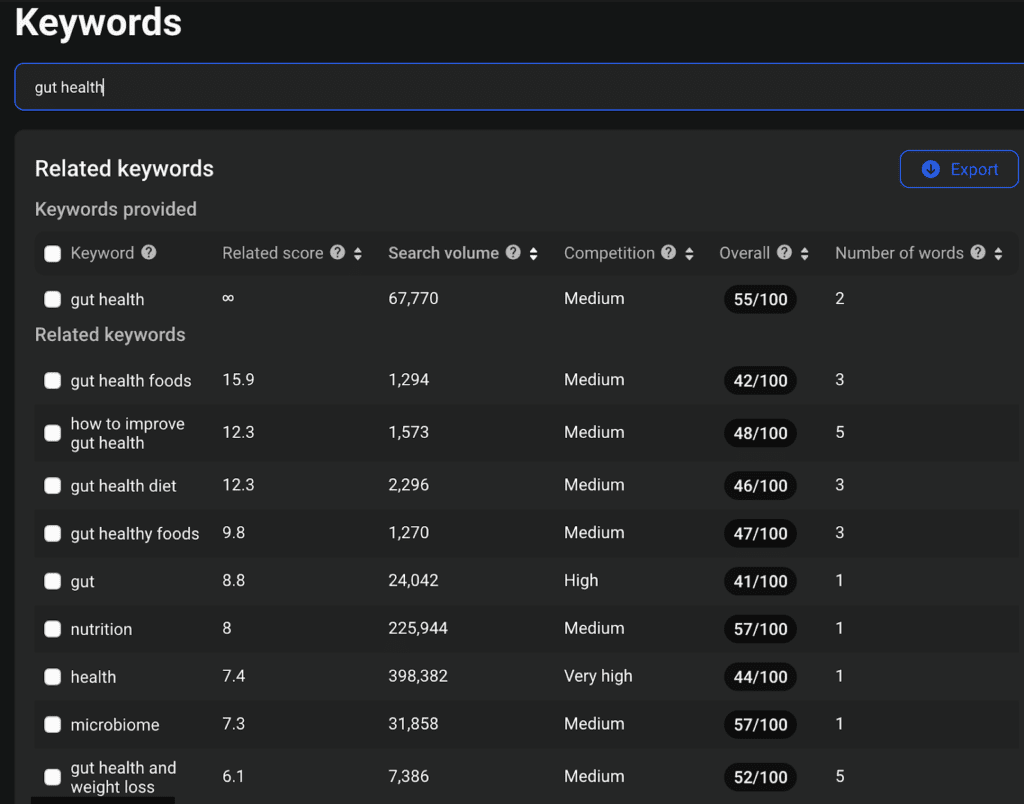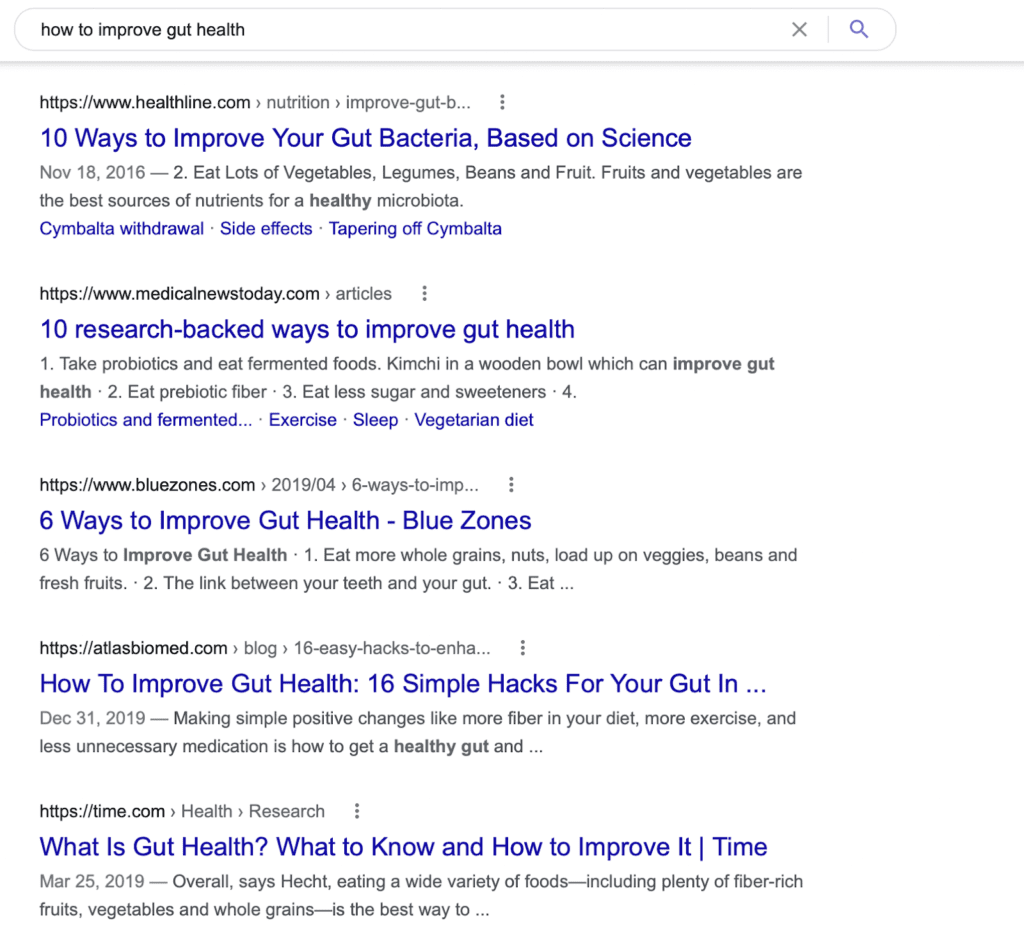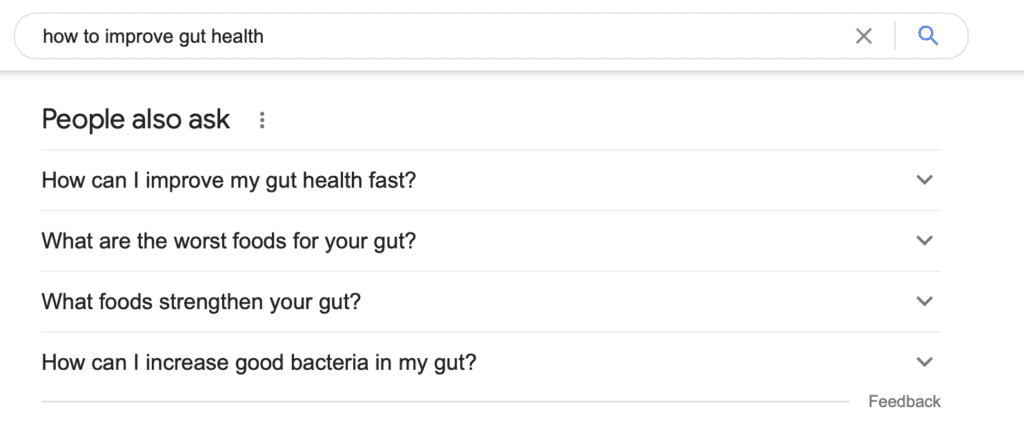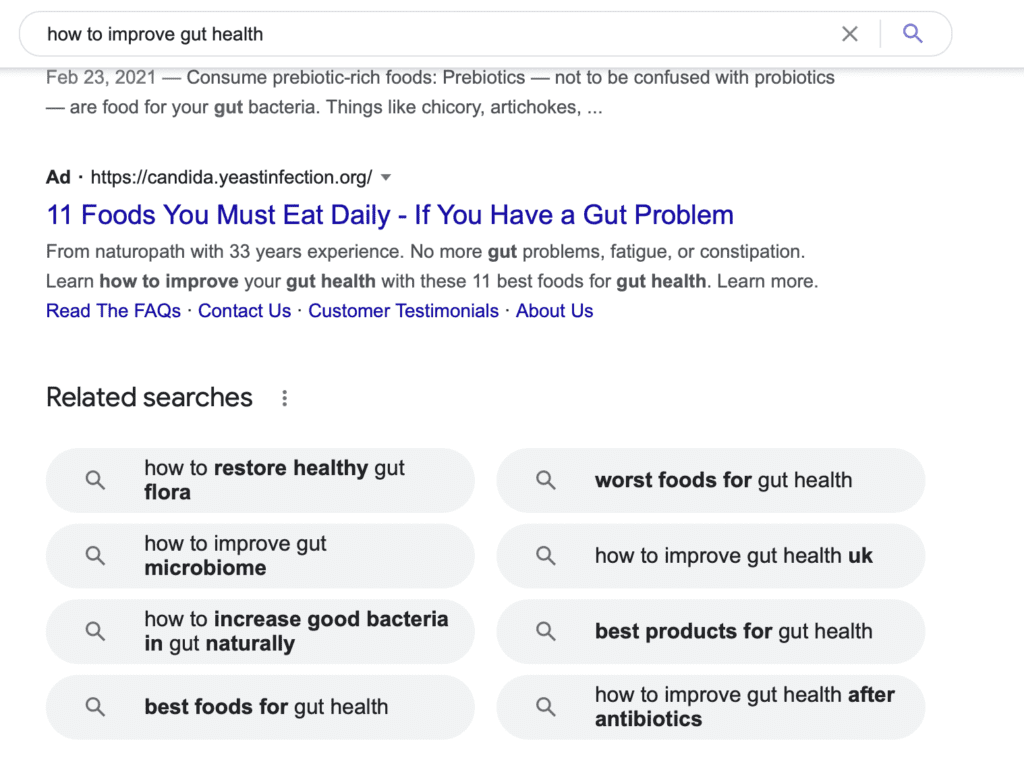If You’re Not Thinking About Video SEO, You’re Leaving Money on the Table

Warren Buffet has one of my favorite quotes on wealth of all time: “If you don’t find a way to make money while you sleep, you will work until you die”
What Warren Buffet is talking about here is passive income, and not nearly enough people in this world understand the concept. Most are focused on active income: what they are doing in the moment that makes them money (like a 9-5 job).
Well, in the influencer marketing world, neither brands nor creators are thinking about passive income enough. Too often, deals between these two parties are in-the-moment transactions where little long-term thinking is happening.
This is a mistake. If you’re not using video SEO, a ton of money is being left on the table.
YouTube is the Only Entity That Could Ever Overtake Google Search
3 years ago, I wrote that influencer marketing was the SEO hack of 2017.
This is still true today. I believed that YouTube was the one entity that could actually overtake Google as the dominant search engine in the world.
I thought this because you could take all the search queries from Bing, Ask.com, AOL and Yahoo and it still didn’t equal the amount of queries that YouTube generates.
I thought this because 71% of marketers had said their video content’s conversion performance was either somewhat or much better compared to other types of marketing content.
I thought this because at the time it was predicted that 80% of all online content would be video in a couple of years … and this is certainly well on its way to happening.
But mostly I thought this because influencer marketing let brands outsource all the difficult steps of creating wonderful, SEO-aligned content:
“Through partnerships with YouTube creators, you can buy their content creation and video production skills. More importantly, you can buy their pre-existing channel authority and engaging audience.”
And I thought this because there is only one way to get consistent video views every single day: through search triggers.
Today, “Recommendation SEO” is Changing the Game
Everything I wrote in 2017 is still true today, but YouTube has added another secret SEO weapon that has evolved over the years: their recommendation engine.
Users no longer find relevant videos by searching for them, YouTube makes content recommendations based on their search histories. This means that even if you don’t have a video that ranks for a search term, YouTube might be recommending that video to users based on the type of content they are currently consuming.
This can be just as valuable. Now this isn’t really quantifiable, but I know it’s true. A few years ago, we did an integration with Caitlin V promoting LetsGetChecked – the at home testing service (in this instance, we were promoting their at home testosterone test).
The integration was fabulous, the video topic perfect aligned with the brand and it led to a lot of sales. And it still gets sales. All the time.
But you wouldn’t see this video if you searched “testosterone” on YouTube. It’s nowhere to be found. But I knew there had to be a reason it kept getting sales months and years after its initial publish date. So I ran an experiment. I created a couple of brand new YouTube accounts, with no view history at all. I searched for “testosterone” and “low testosterone” and I watched the first video that appeared. I watched the entirety of it, no matter how long it was. I wanted to send YouTube a signal that I was really interested in this content.
Low and behold, on each account it only took a matter of minutes after for Caitlin’s video to appear as a recommendation on my homepage. YouTube had clearly decided that anyone starting a testosterone discovery journey on their site would find value in her video.
This is what I call “Recommendation SEO” and it is just as valuable as traditional SEO.
If you’re a brand looking for a long-term sales channel, or a creator with a valuable affiliate offer to promote, if you optimize your video for recommendation SEO you will make money while you sleep.
Now, I’m going to show you how we do it.
How to Optimize YouTube Integrations for video SEO
This guide has been written for the following 3 use cases:
- A brand looking to do an integration with a creator
- A creator with a high-paying affiliate offer
- A creator looking to build authority about a specific topic (this doesn’t directly relate to sales but it helps you grow your channel).
The guide is written primarily from the perspective of the creator.
Step 1) Figure out the base keyword for the product you are promoting
First, you’ll want to figure out the most basic, high-level keyword for the product you plan to promote. From this keyword, you will be able to find dozens of video topic ideas.
Don’t get too cute with this step. If you’re selling a gut health test, “gut health” is your base keyword.
Step 2) Do keyword research to expand your list of keywords
You’ll want to start doing some research into keywords that are related to gut health in order to expand the number of content topics available to you.
There are a variety of strategies and tools you can use to conduct this research. Many SEO-minded people much smarter than me have written about it.
Most tools and strategies solely focus on Google. You can still use these, just focus more on broader keywords and don’t get too caught up in long-tail search terms – those aren’t as important on YouTube.
My go-to tool is VidIQ, they’ll give you keyword search data specifically for YouTube.
(Note: the VidIQ link I used is an affiliate link and we receive compensation should you choose to create an account with them.)
I search VidIQ for “Gut Health” and look for related keywords with a decent amount for search traffic. The results are pretty decent:

- Gut health
- How to improve gut health
- Gut health diet
- Best foods for gut health
- Gut health and weight loss
- Importance of gut health
- Microbiome
- Probiotics
- Benefits of probiotics
- Digestion
- How to improve digestion
- Digestive health
- Gut-brain axis
Step 3) Do a Google search for content topics related to each keyword
Now that you have a great list of potential keywords, it’s time to find ideas of content topics. The best way to start is by Googling these keywords and seeing what content is currently ranking for them.
For example, for “how to improve gut health”:



You can also do a YouTube search and see what types of videos people are making about the keyword:

Step 4) Choose a topic to make a video about, and optimize it
This is pretty straight forward. I liked the article “How to Improve Gut Health: 16 Hacks for your Gut”.
So, I would make a video titled “Simple Hacks to Improve Gut Health”.
Then, I completely follow these 5 steps:
- Video has to be relevant to the keyword (obviously)
- The keyword has to be in the title. In this case “Improve Gut Health” is in the title so we are good there.
- Keyword is included in the video tags.
- Description is at least 250 words and the keyword appears 2-4 times in it
- Keyword appears in the first 25 words of the description
- Video is over 10 minutes long
Step 5) Promote the video once you publish it
YouTube puts a lot of weight behind social shares of their videos.
When you first publish this video, share it on your Facebook and Twitter account. Ask your friends to do the same.
It never hurts to ask your audience to share as well, the more instances of your video being shared across social media the better.
Step 6) Build backlinks to your video
This is an advanced step that isn’t as easy to accomplish as the other 5 listed. One of the primary ways Google knows what is relevant content is by the number of other sites linking back to it.
If you are able to get other, relevant websites to link back to your YouTube video it can send a clear signal to Google that your video is an authority. If this happens, you’ll be amazed at how often YouTube recommends your video.
Two of the most common ways to build backlinks is to:
- Reach out to other blogs or websites that talk about your video topic and ask them to link back to your video
- Reach out to blogs that talk about your video topic and offer to write a guest post. Most blogs will let you link back to your video since you are providing them with free content, and Google will see this is a relevant website directing traffic to your video and will reward it.
Again, this is an advanced step. It’s not required in order to get your video to rank but it can help the process. We use our own internal processes to build backlinks to relevant videos and have seen great success with it.
Video SEO Will Make You Money While Your Sleep
In conclusion, a focus on video SEO is the best way to consistently generate passive, recurring income.
For brands, this isn’t to say you should only focus on this. For creators, this isn’t to say every sponsored video you do should be dedicated to a brand and heavily optimized for SEO. There is still value in the typical, 1-2 minute integration in a normal video.
But if you regularly mix these types of videos into your existing content strategy you will start to see a significant boost in sales long-term.
If you have any questions about this strategy, feel free to reach out to me.





